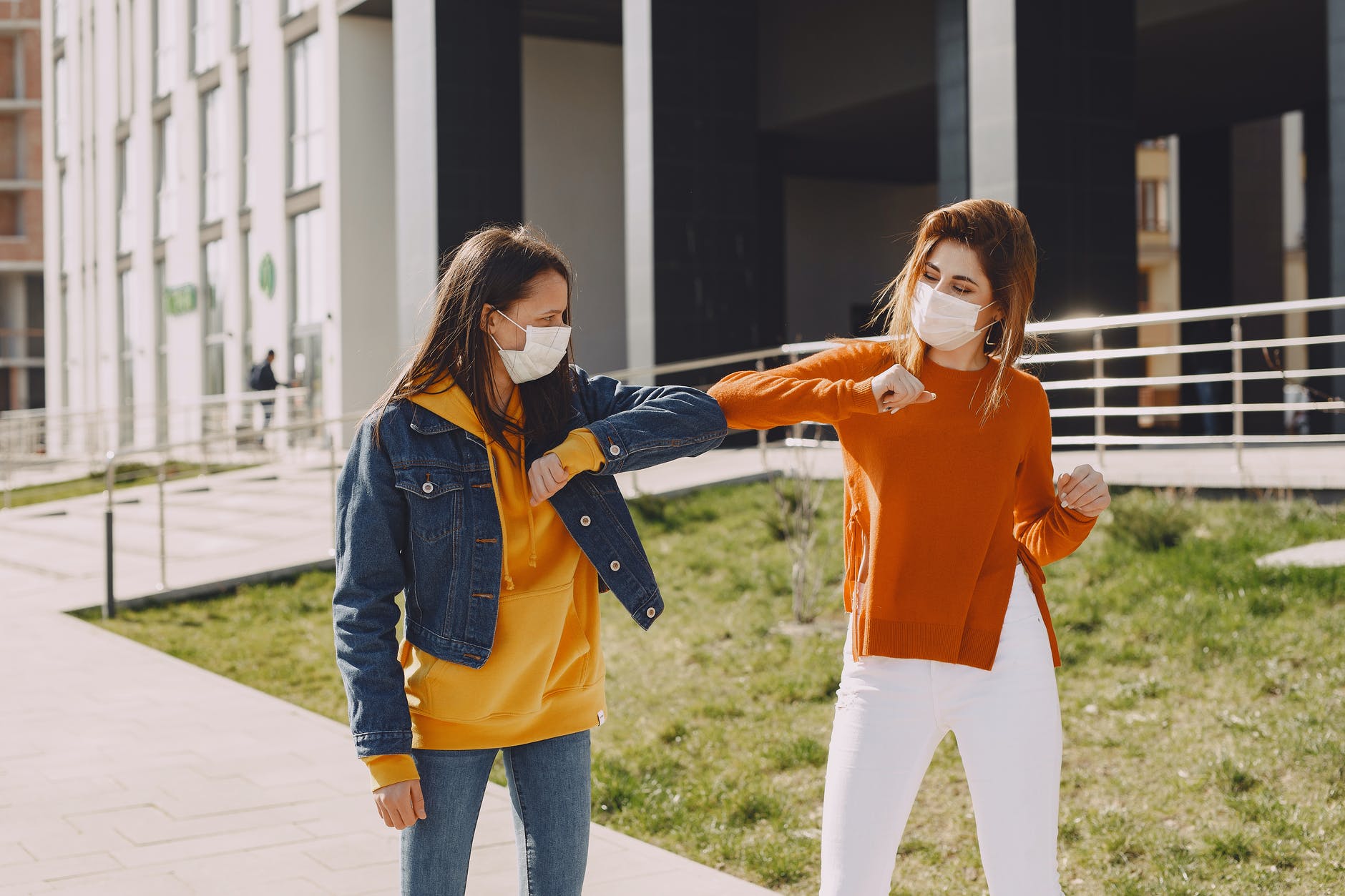
Asymptomatic people or coronavirus patients without symptoms do not drive the spread of the coronavirus, according to the World Health Organization (WHO).
The organization's remarks come as some researchers claim the coronavirus is hard to tame due to asymptomatic infections.
It was previously reported that young people and healthy individuals infected by the coronavirus never manifest symptoms or only develop mild symptoms. Sometimes, the symptoms do not manifest until days after they were infected.
Initial studies from the earliest outbreaks prove that the virus could be transmitted through person-to-person contact, even if the carrier did not show symptoms.
WHO authorities explain that asymptomatic spread happens but it is not the major path for virus transmission.
“From the data we have, it still seems to be rare that an asymptomatic person actually transmits onward to a secondary individual,” Dr. Maria Van Kerkhove, head of WHO’s emerging diseases and zoonosis unit, said at a news briefing from the United Nations agency’s Geneva headquarters. “It’s very rare.”
According to Van Kerkhove, government responses must focus on tracing and isolating symptomatic individuals. Moreover, detecting anyone who might have come into contact with them is crucial. She also said that some studies have determined asymptomatic or presymptomatic spread in nursing homes and in household settings.
Van Kerkhove believes more studies must be conducted to “truly answer” the question of whether the coronavirus can spread widely through asymptomatic individuals.
“We have a number of reports from countries who are doing very detailed contact tracing,” she said. “They’re following asymptomatic cases. They’re following contacts. And they’re not finding secondary transmission onward. It’s very rare.”
The U.S. Centers for Disease Control and Prevention published on April 1 noted the “potential for presymptomatic transmission” as a reason to practice social distancing.
“These findings also suggest that to control the pandemic, it might not be enough for only persons with symptoms to limit their contact with others because persons without symptoms might transmit infection,” the CDC study said.
“What we really want to be focused on is following the symptomatic cases,” Van Kerkhove said. “If we actually followed all of the symptomatic cases, isolated those cases, followed the contacts and quarantined those contacts, we would drastically reduce” the outbreak.
Coronavirus symptoms
People with coronavirus symptoms may only experience them five days after their exposure to the virus, according to a study published in the journal Annals of Internal Medicine.
The study “The Incubation Period of Coronavirus Disease 2019 (COVID-19) From Publicly Reported Confirmed Cases: Estimation and Application” discovered that people would manifest coronavirus symptoms 5.1 days after their initial exposure. It was the median length as incubation periods vary. Some people show signs of illness within two weeks.
“Based on our analysis of publicly available data, the current recommendation of 14 days for active monitoring or quarantine is reasonable, although with that period some cases would be missed over the long term,” said Justin Lessler of the Johns Hopkins Bloomberg School of Public Health and senior author of the report.
“Based on our analysis of publicly available data, the current recommendation of 14 days for active monitoring or quarantine is reasonable, although with that period some cases would be missed over the long term,” said Justin Lessler of the Johns Hopkins Bloomberg School of Public Health and senior author of the report.






